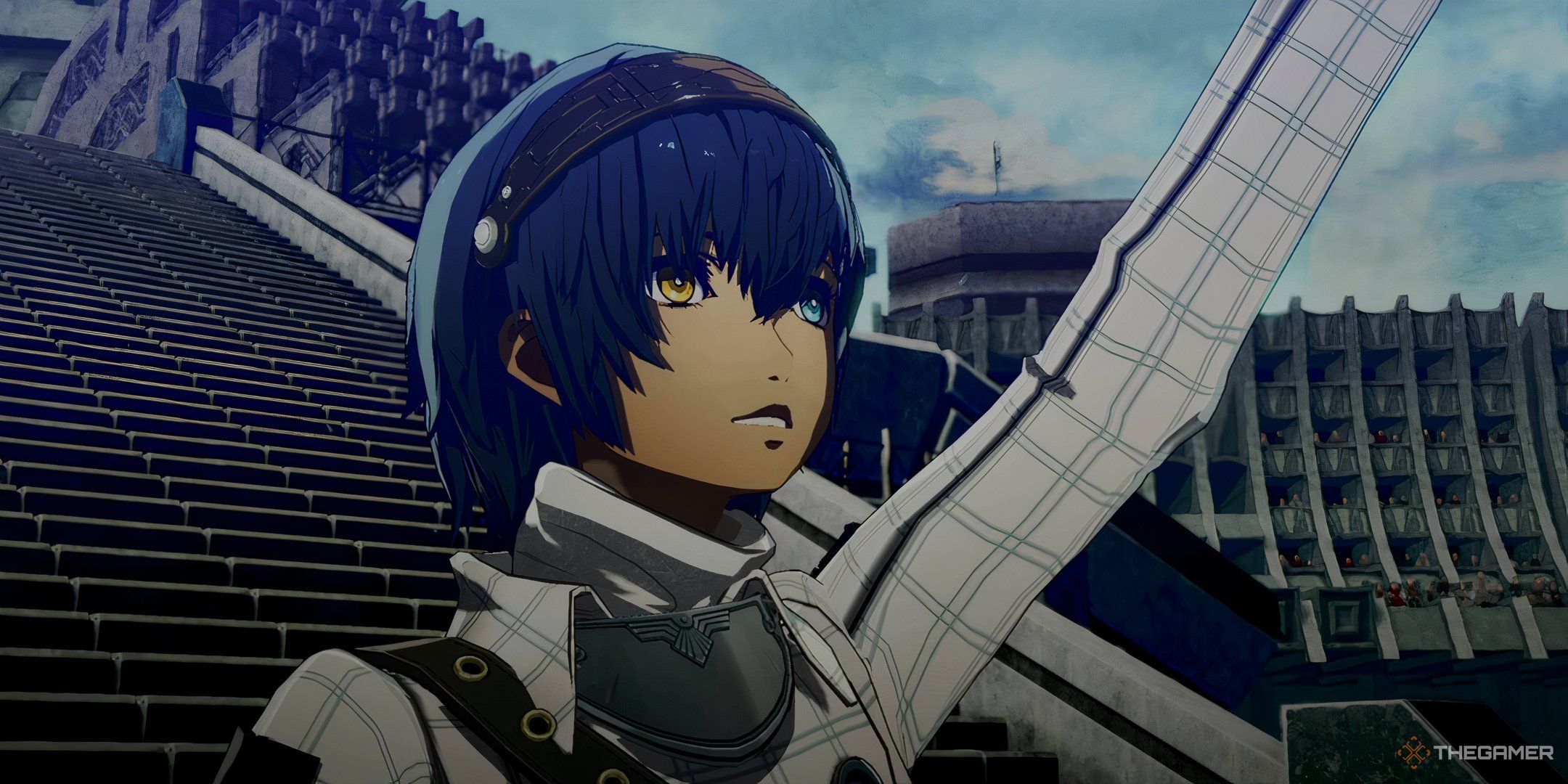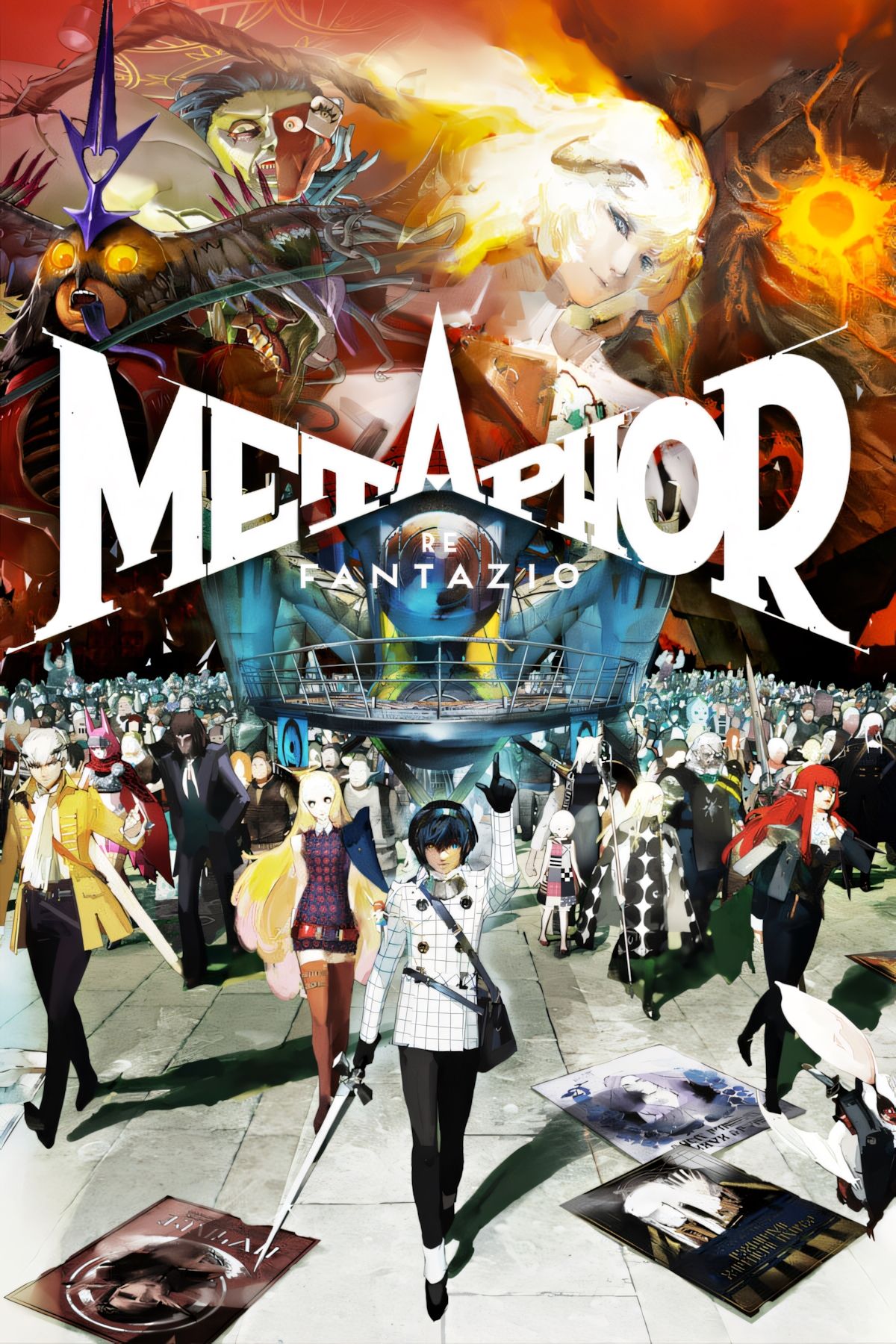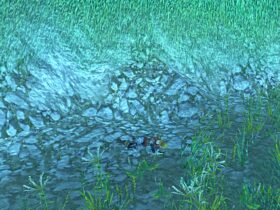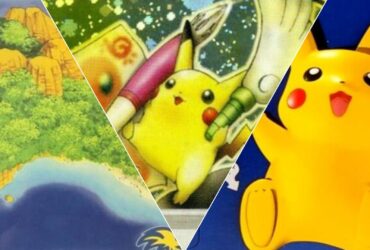Quick Links
The story of Metaphor: ReFantazio rarely gives you a chance to breathe, with constant twists and turns concerning members of the party and the events that are constantly unfolding around them. From the very beginning, you’re given plenty of tasks to keep you busy and working towards a goal.

Related
7 Best Easter Eggs And Hidden Details In Metaphor: ReFantazio
There’s a long history of Atlas games to pull from.
Thanks to how much is going on, it’s quite easy to overlook one of the game’s biggest mysteries; who actually is the protagonist? We follow the enigmatic navy-haired elda for our entire journey, but the details about his past remain few and far between for most of the game, but it turns out the truth is stranger than you’d expect.
Spoilers For Metaphor: ReFantazio Ahead
What Is The Protagonist?
We are given some details about the protagonist early on in the adventure, but it’s not much to work with. Just that he’s an elda, and he’s working with Gallica to help revive the cursed prince as part of the resistance. We are also shown glimpses of his childhood, and the strong friendship he shared with the Prince, with him even being gifted the young royal’s prized possession; his fantasy novel. After this, we don’t get many more details about our hero until much later in the game, around the start of the game’s final act.
After Louis managed to successfully distract the party members in the capital city of Grand Trad, he reveals that he’s already sent his most loyal follower, the necromancer Zorba, to hunt down the Prince in the elda village and finally finish him off.
Of course, the party make haste to try and stop this from happening, but as the protagonist gets deeper into the elda village, he starts to experience pervasive visions and flashbacks concerning the scenery around him, and he even begins to hear voices.
By the time the party reach the prince’s body in the inner sanctum, he’s unfortunately already been assassinated and Zorba’s fled the scene. This is where the protagonist’s dazed state reaches its peak, as he approaches the prince’s body. Instead of mourning his fallen friend, the protagonist hears the mysterious voice (the same one that speaks to party members when their archetype powers awaken) and it is revealed that he and the Prince are one and the same.
Even as the Prince’s physical form grew weaker, his desire and will for an equal world, like the one presented in the fantasy novel, manifested. The protagonist as we know him, was formed from magla as an extension of the Prince’s consciousness, almost like a living archetype working on the prince’s behalf.
This is not something that the protagonist is aware of, and he was given false memories of a childhood with the prince to internally cover for why he is so attached to the cause of reviving him.
It can actually be seen as a subtle hint that the Prince is never given a name, unlike other members of the royal family, and throughout the first half of the game is just called the Prince. This is because he and the protagonist will end up sharing the same name you chose for the hero.
In truth, the protagonist as we know him formed in the flower patch outside of the elda village, and joined Gallica on her journey to help revive the prince. The power of the magla used to form the protagonist was also capable of imprinting false memories not only in himself, but in Gallica too. This means that Gallica believed that she already knew the protagonist, and he was her companion on their quest together.
Upon this realization, the Prince and the protagonist merge, with the Prince’s body disappearing and the protagonist’s hair colour changing to the prince’s white colour, and him taking off his headband.
On top of this, the protagonists’ eyes are now both blue instead of one being yellow. This yellow eye colour can be seen as another hint at the protagonist’s true identity and form.
When party members use archetypes, their eyes glow a similar yellow colour, so this one yellow eye could symbolize him being part archetype, with the other blue being representational for his identity as the Prince.
To further solidify the protagonist’s transition into taking the role of the Prince, he also unlocks the Prince archetype, a royal archetype that only he can use.
What Tribe Is The Protagonist?
Another major hint at the protagonist’s true identity comes soon before it is revealed. During the final stage of the competition for the crown, as part of a wider scheme, the protagonist decides to actually pretend to be the Prince, since he matches the description of the prince’s appearance as he was known to the public before his assassination attempt.
While members of the royal family in Euchronia have historically been members of the clemar tribe (known for their small curved horns), the Prince was actually half elda, and his appearance matched this, looking much more like an elda, and not having the signature clemar horns.
The Prince being visibly elda is a significant part of the reason why his assassination was planned by Sanctifex Forden.
So, while we are led to believe that the protagonist is elda for most of the game, and this defines a lot of his treatment, he’s actually half elda, half clemar.
What Are The Elda?
While the elda are one of the most unique tribes within Metaphor: ReFantazio, they are one of the trickiest tribes to distinguish, unless you are very familiar with the setting of Euchronia.
The eight main tribes all have distinguishing qualities that make them easier to identify, but the elda do not have anything that makes them stand out. Since the protagonist is the only elda we meet for most of the game, and he has unique navy hair and heterochromia, you might assume that these are traits unique to the elda, but these are just subtle hints at his identity as a magla manifestation of the prince.
The eight main tribes in Metaphor: ReFantazio are: clemar, roussainte, eugief, nidia, mustari, paripus, ishkia, and rhoag.
The reason why the elda are unique and so discriminated against (especially by the Sanctist church) is revealed soon after the Prince’s real identity comes to light. The elda are actually the truest descendants of the citizens of the old world from before magla and magic were discovered.
The War of Destruction that started after its discovery forced most people into extreme conditions, causing them to evolve into the eight tribes, and those who were submitted to harsh melancholia mutated into the monsters known as humans in Metaphor: ReFantazio.

Related
Metaphor: ReFantazio – 7 Best Side Quests
Go off the beaten path with these Metaphor: ReFantazio side quests.
The elda managed to escape these conditions and the conflict, and therefore did not evolve or mutate, making them identical to the people of the old world. However, thanks to the connection they have to the monstrous humans (since technically speaking they’re their predecessors), they face harsh discrimination by wider society, and are rumoured to wield cursed magic.
The lack of any discernable features is another trait of the elda that is a source of discrimination, since more discriminatory circles of Euchronian society view this as a sign of inferiority.
The Protagonist’s Family
Unfortunately for the protagonist, he doesn’t have any surviving family members since he is now the last remaining member of the Euchronian royal family.
His father, the king, is assassinated by Louis at the beginning of the game’s story. However, it is revealed later on, that More, the mysterious clemar trapped inside Akademia, is actually the king in his younger more ambitious years, making the bond between him and the protagonist the only chance the pair had to reconnect before More is able to move on.
The protagonist’s mother is described by the elda elder as a woman who held significant influence within the elda village, and it seems that there was animosity between the elder and the king as she seemed to resent the king seeing him as responsible for her death.
While we never see the protagonist’s mother during the game, it is heavily implied that she is the identity of the mysterious voice. This is thanks to the conversation between the voice and More where their previous connection is hinted at.

















Leave a Reply